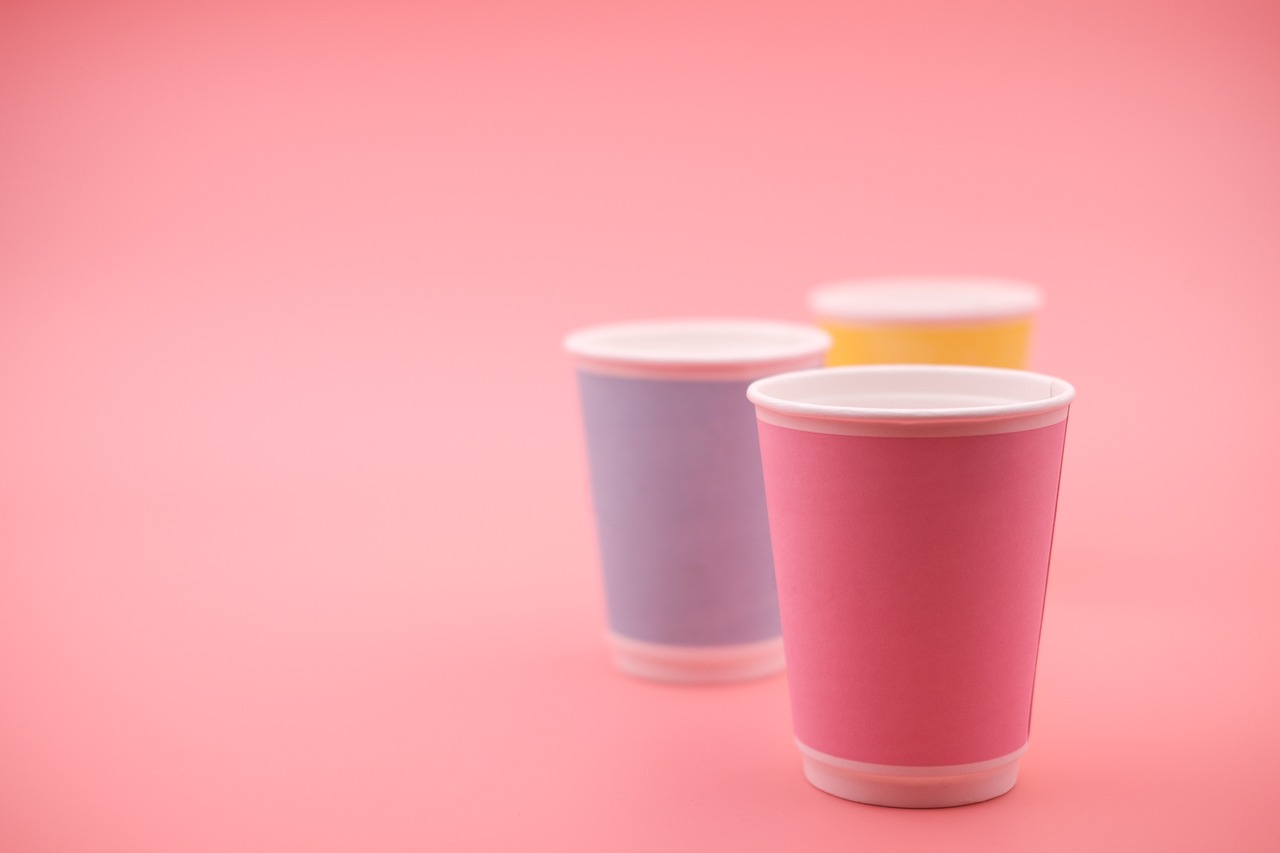Plastic is evil, paper is good, was the motto of environmentally conscious people when using disposable cups. But that was too good to be true. A recent study by the University of Gothenburg shows that paper cups harm nature.
The researchers tested the effect of disposable cups made of different materials on the larvae of the butterfly midge. “We left paper cups and plastic cups in wet sediment and water for a few weeks and observed how the leached chemicals affected the larvae. All the cups had a negative effect on the growth of the mosquito larvae,” explains Bethanie Carney Almroth, professor of environmental science at the University of Gothenburg’s Department of Biology and Environmental Sciences.
Paper cups are lined with a thin plastic film
Since paper is neither grease- nor water-resistant, paper must be coated with a surface coating as a food packaging material. This plastic protects the report from the liquid. Nowadays, plastic film is often made of polylactide, or PLA, a type of bioplastic. Bioplastics are made from renewable resources (PLA is typically made from corn, cassava, or sugar cane) rather than fossil fuels, as with 99 percent of plastics on the market today. PLA is often considered biodegradable, meaning that under the right conditions, it can break down faster than petroleum-based plastics. However, the researcher’s study shows that it can still be toxic. They published their findings in the journal Environmental Pollution.
“Bioplastics do not degrade effectively when they enter the environment, the water. There is a potential risk that the plastic will remain in nature, and any microplastics that are created can be ingested by animals and humans, just like other plastics. Bioplastics contain at least as many chemicals as conventional plastics,” says Bethanie Carney Almroth.
Potential health hazards of food packaging.
“Some chemicals in plastics are known to be toxic, but we don’t know about others. Paper packaging also poses a potential health risk compared to other materials and is becoming more common. We are exposed to plastics and their associated chemicals through food contact.”
Bethanie Carney Almroth and her research colleagues report their findings in a scientific article in Environmental Pollution. The article discusses the significant changes needed to mitigate the ongoing environmental damage and threats to our health caused by the plastic pollution crisis.
“When single-use products came on the market after World War II, there were big campaigns to teach people to throw the products away. This was unnatural for us! Now we need to turn around and say goodbye to the throwaway lifestyle. It is better to bring your own cup when buying takeaway coffee. Or, by all means, take a few minutes, sit down and drink your coffee from a china cup,” says Bethanie Carney Almroth.
Binding agreements to reduce plastic consumption
Work is currently underway at the United Nations for countries worldwide to negotiate a binding agreement to end the proliferation of plastics in society and nature. Professor Carney Almroth is a SCEPT (Scientists Coalition for an Effective Plastics Treaty) member, bringing scientific evidence to the negotiations. The council calls for a rapid phase-out of unnecessary and problematic plastics and vigilance to avoid substituting one wrong product for another.
“At SCEPT, we are calling for transparency requirements within the plastics industry that force clear reporting on what chemicals all products contain, similar to the pharmaceutical industry. But the main goal of our work is to minimize plastic production,” says Bethanie Carney Almroth.
This post has already been read 1978 times!
